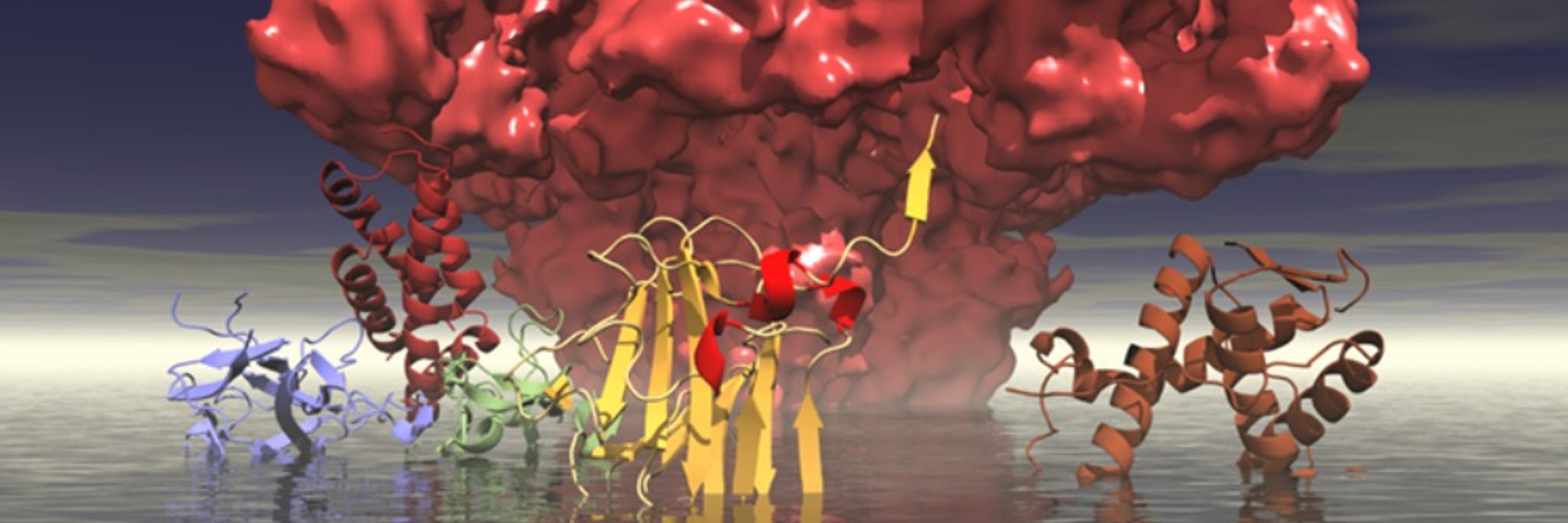
https://www.vanpetegemlab.com
news.ubc.ca/2025/11/ubc-...
@ubcmedicine.bsky.social

news.ubc.ca/2025/11/ubc-...
@ubcmedicine.bsky.social
nature.com/articles/s41...

nature.com/articles/s41...
@colinnicholslab.bsky.social
#IonChannels #Phospholipids

@colinnicholslab.bsky.social
#IonChannels #Phospholipids
www.science.org/doi/10.1126/...

www.science.org/doi/10.1126/...
www.nature.com/articles/s41...

www.nature.com/articles/s41...
We describe how to image membrane proteins in mid-sized vesicles using cryo-electron tomography
zenodo.org/records/1717...
We describe how to image membrane proteins in mid-sized vesicles using cryo-electron tomography
zenodo.org/records/1717...
A study in collaboration with Frank Bosmans. Reproducible protocol to measure the elusive NaV1.9 currents, and revealing a big role for the preIQ region in gating properties.

A study in collaboration with Frank Bosmans. Reproducible protocol to measure the elusive NaV1.9 currents, and revealing a big role for the preIQ region in gating properties.
www.academicwork.ca/jobs/assista...
www.academicwork.ca/jobs/assista...
And thanks @biophysicalsoc.bsky.social, @popstarlab.bsky.social & team for a great #BPS2025 under challenging circumstances - see you next year in SF!

And thanks @biophysicalsoc.bsky.social, @popstarlab.bsky.social & team for a great #BPS2025 under challenging circumstances - see you next year in SF!
jbc.org/article/S002...

jbc.org/article/S002...
(description also here: www.science.org/doi/10.1126/...)

(description also here: www.science.org/doi/10.1126/...)

www.nature.com/articles/s41...

www.nature.com/articles/s41...
nature.com/articles/s4146…
Unexpected binding sites for ATP and chloride in the N-terminal region, affected by mutations linked to epileptic encephalopathy.
nature.com/articles/s4146…
Unexpected binding sites for ATP and chloride in the N-terminal region, affected by mutations linked to epileptic encephalopathy.
sfu.ca/content/dam/...
Come join our local arrhythmia community.
sfu.ca/content/dam/...
Come join our local arrhythmia community.
www.biorxiv.org/content/10.1...

www.biorxiv.org/content/10.1...

